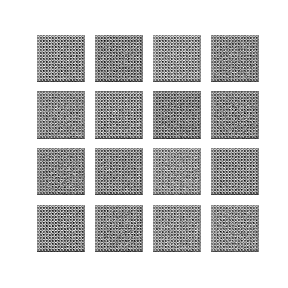artificial intelligence draws portr_ai_ts
line drawings can be found in all epochs of human tradition. from simple carvings in sand and rock to etchings and complex computer animations. the approach to the line by means of finger or pencil is always a simple one.
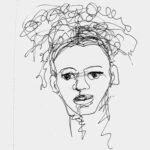
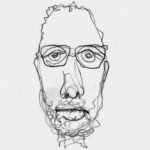
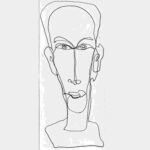
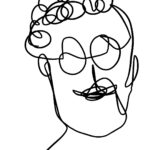
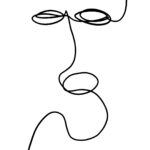
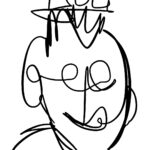
this is where the project “portr_ai_ts” comes in. drawing faces from a line, be it on paper or on a tablet. intuitively or with a real face. there should be many different portraits so that a neural network gets as comprehensive an idea as possible of these drawings. with these drawings, it is trained in many steps.
in this way, it can in turn help a second network to create its own portrait drawings. this constellation is called gan. in many epochs, the gan network thus learns to develop its own creativity in a special segment. the network learns until the artist decides to go to this point and no further, similar to completing a painting or putting down the hammer and chisel.
this trained neural network is then the unique source from which fictitious line portraits bubble up, point by point or as a steady flow. output on flipdot displays, known from airports or means of transport, they return to the analogue world.
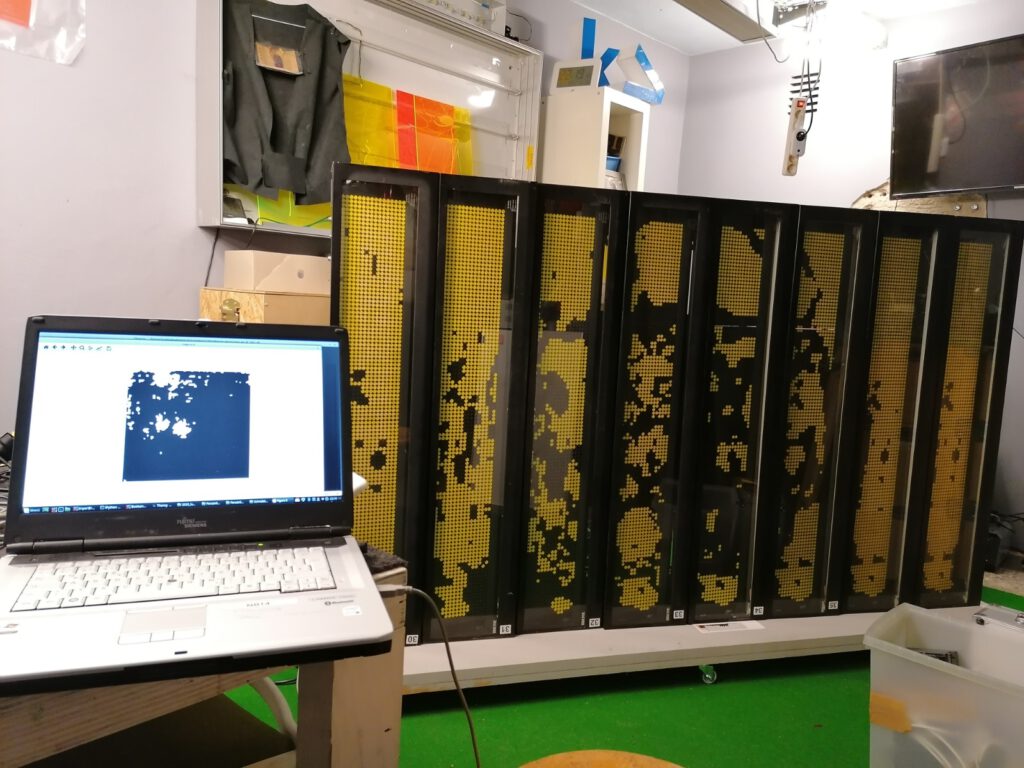
what kind of images are they?
they show a certain degree of abstraction. in them, the code “dot, dot, comma, dash” blurs into a shadowy image of the human face that sets the familiar structures in motion. the newly created images are not generic, they are not arbitrary cuttings from a mass of templates. the intuitive or naturalistic portrait becomes a learning template for artificial creativity that learns and creates on its own terms. it develops a taste that remains flexible depending on the input. in this, the work also poses the question of the specific production conditions of human art production: to what extent are the results of artists shaped by external influences? under what conditions do we learn to depict things?
link-niedersachsen.de/blog/blog_kultur/ki_schueler_betz

